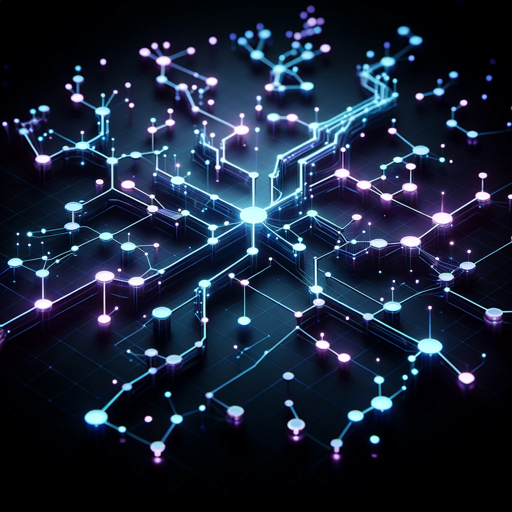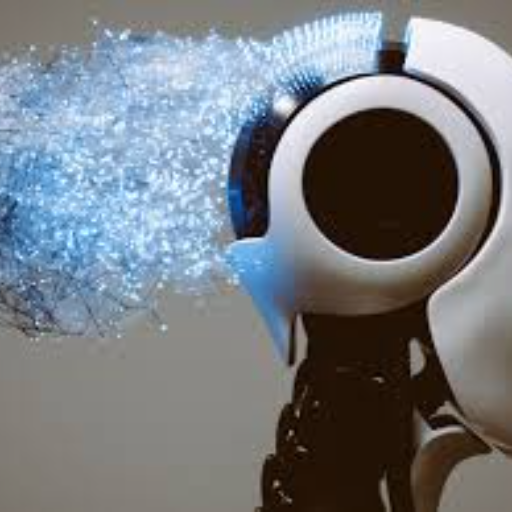Deep Learning-AI-powered assistant for developers.
AI-Powered Deep Learning Tool
⚡️ Explain me the basics of Deep Learning
⏪ How does back propagation work?
👨🏽💻 Design an AI model for my use case
🧠 Teach me something about Deep Learning
Related Tools
Load More
Machine Learning
A machine learning, deep learning, and data science assistant for learning, practicing, and developing algorithms.
Deep Learning
Teacher for Deep Learning material, code making

Deep Learning Master
Guiding you through the depths of deep learning with accuracy and respect.

Machine Learning
The most advanced, sophisticated, intelligent, and complete Machine Learning expert.

AI Explains AI
Public AI tutor with interactive, accessible AI education for all.

Python Deep Learning Assistant
A GPT to help users with some of the most popular deep learning frameworks.
20.0 / 5 (200 votes)
Introduction to Deep Learning
Deep Learning is a subset of machine learning focused on neural networks with three or more layers. These neural networks aim to simulate human brain function in data processing and decision-making. Deep Learning models are designed to automatically discover and learn patterns from vast amounts of data, making them suitable for tasks that require extensive feature extraction and pattern recognition. For instance, in image recognition, a deep learning model can learn to identify objects in images through layers of convolutional neural networks (CNNs), where each layer captures increasingly complex features of the objects.

Main Functions of Deep Learning
Image and Video Analysis
Example
Convolutional Neural Networks (CNNs)
Scenario
In medical imaging, CNNs can be used to detect anomalies in X-rays or MRI scans, assisting doctors in early diagnosis of diseases such as cancer.
Natural Language Processing (NLP)
Example
Recurrent Neural Networks (RNNs) and Transformers
Scenario
In customer service, NLP models can be deployed in chatbots to provide instant responses to customer queries, improving efficiency and user satisfaction.
Speech Recognition
Example
Deep Neural Networks (DNNs)
Scenario
Voice assistants like Siri and Alexa use DNNs to convert spoken language into text, allowing users to interact with their devices through voice commands.
Ideal Users of Deep Learning Services
Data Scientists and Machine Learning Engineers
These professionals benefit from Deep Learning by leveraging its capabilities to build sophisticated models for predictive analytics, pattern recognition, and data-driven decision-making. Deep Learning tools enable them to handle large datasets and complex tasks more efficiently.
Businesses and Enterprises
Companies across various sectors, such as healthcare, finance, and retail, use Deep Learning to gain insights from their data, automate processes, and enhance customer experiences. For instance, retailers can use Deep Learning for personalized marketing, inventory management, and fraud detection.

How to Use Deep Learning
1
Visit aichatonline.org for a free trial without login, also no need for ChatGPT Plus.
2
Understand the basics of Deep Learning, including neural networks, backpropagation, and activation functions. Resources like online courses and tutorials can be helpful.
3
Set up your development environment. This typically includes installing Python, relevant libraries like TensorFlow or PyTorch, and setting up a suitable IDE.
4
Gather and preprocess your data. This step involves collecting relevant data, cleaning it, and preparing it for training your models.
5
Train your model and evaluate its performance. Use techniques like cross-validation, hyperparameter tuning, and performance metrics to optimize your model.
Try other advanced and practical GPTs
Creador de Landing Pages Ganadoras
AI-Powered Landing Page Creator

Asesor de vCards
AI-powered vCard creation tool

Odoo Developer Assistant
AI-powered Odoo development assistance.

のInstagram Big Writer
AI-powered Instagram content creation

漫画読んで評価する姐さん
AI-powered manga evaluation tool

Nuxt
AI-powered framework for web development

The Software Engineer
AI-powered tool for coding excellence.

Oracle of Insight
Unlock the universe’s wisdom with AI-powered insight.

PlusAI
AI-Powered Solutions for Every Need

NEWS TRADE ASSISTANT V3
AI-Powered Insights for Day Traders

Math & Physics 👉🏼 Algebra Calculus Stats
AI-powered solutions for math and physics.

Tutor GPT
AI-Powered Academic Assistance

- Text Generation
- Image Recognition
- Autonomous Driving
- Speech Processing
- Recommendation Systems
Deep Learning Q&A
What is Deep Learning?
Deep Learning is a subset of machine learning that uses neural networks with many layers to model complex patterns in large datasets.
How is Deep Learning different from traditional machine learning?
Traditional machine learning algorithms are typically linear and require manual feature extraction, while deep learning algorithms automatically discover representations and patterns through multiple layers of abstraction.
What are common applications of Deep Learning?
Common applications include image and speech recognition, natural language processing, autonomous driving, and recommendation systems.
What tools and libraries are commonly used in Deep Learning?
Popular tools and libraries include TensorFlow, PyTorch, Keras, and Caffe, which provide frameworks for building and training deep learning models.
What are some challenges in Deep Learning?
Challenges include the need for large amounts of data, high computational power, overfitting, and the difficulty of interpreting models' inner workings.